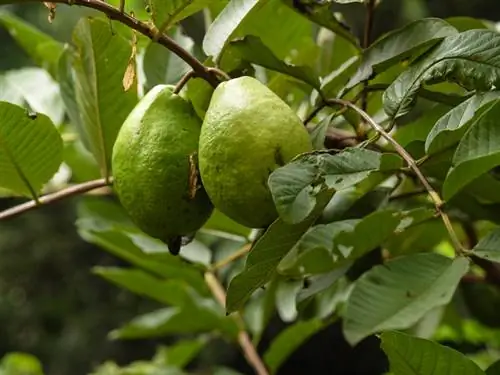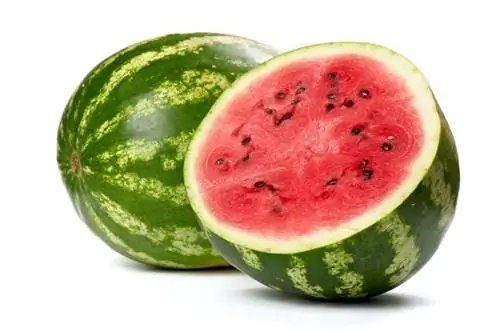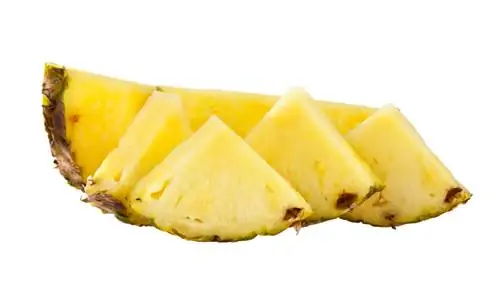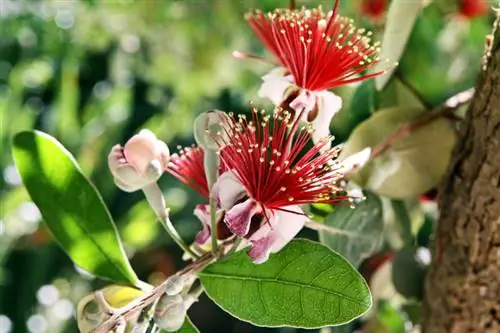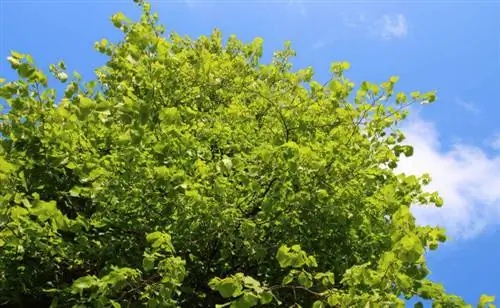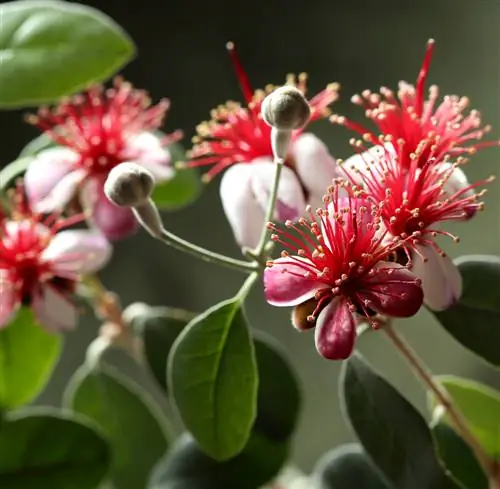- Author admin [email protected].
- Public 2023-12-16 16:46.
- Last modified 2025-01-23 11:20.
The pineapple guava (Psidium) belongs to the myrtle family and is native to the tropical to subtropical regions of Central and South America, although it is particularly common in Brazil. The exotic plant can be cultivated very well in pots and often even bears fruit after flowering between April and May. These are edible and very tasty. Although the plant is considered easy to care for and robust, it is not hardy under Central European conditions.

Is the pineapple guava hardy?
The pineapple guava is partially hardy and can tolerate temperatures slightly below zero. To overwinter it should be kept in a cool, bright room at temperatures between 10 and 15 °C and watered regularly but sparingly. Overwintering in the winter garden is also possible.
Slightly sub-zero temperatures are tolerated
The pineapple guava is often described as the “most frost-hardy of all exotic plants” and can actually tolerate temperatures down to slightly below zero without being damaged. It has already been described on various occasions how individual plants have easily survived temperatures of up to minus six degrees Celsius or even more. However, these reports cannot be generalized, especially since with a tropical plant there is always the risk that at least the above-ground parts of the plant will freeze. You should also keep in mind that plants grown in containers are usually not as hardy as planted specimens - since the protective layer of soil is missing, the roots are exposed to the cold and are damaged very quickly.
Overwintering the pineapple guava properly
The pineapple guava feels most comfortable at temperatures between 25 and 30 °C, which is why it is best kept in the winter garden and can be cultivated there all year round. However, you also have to ensure that the plant gets enough light during the cold winter months; in addition to warmth, it also needs a place in direct sunlight. If this is not possible, a cool winter storage at temperatures between 10 and a maximum of 15 °C makes sense. It shouldn't get warmer under any circumstances, otherwise there won't be enough light in winter: As a result, the pineapple guava will shed its leaves. You should also note the following points regarding proper care in winter:
- Wintering in an unheated room, in a winter garden or in a glass house is ideal.
- Temperatures should not rise above 15 °C.
- If it is warmer, you should install additional plant lamps (€89.00 on Amazon).
- In addition, the winter location should generally be as bright as possible.
- Water regularly in winter too, but less often.
- Do a finger test before each watering.
- The pineapple guava is not fertilized during the winter break.
Tip
The fruits ripen about six months after flowering and therefore often in late autumn. They are ripe when the peel has turned yellow.

